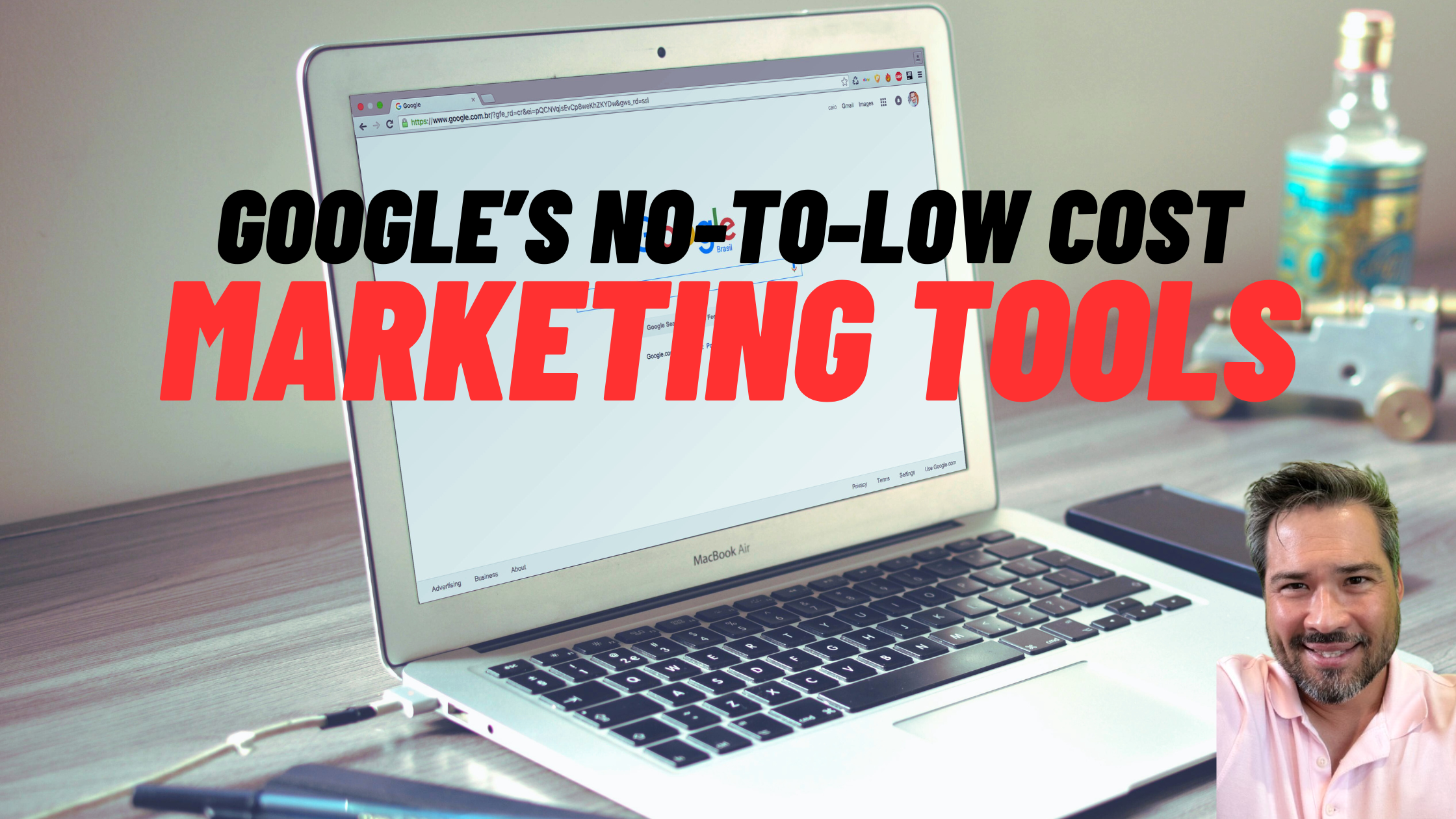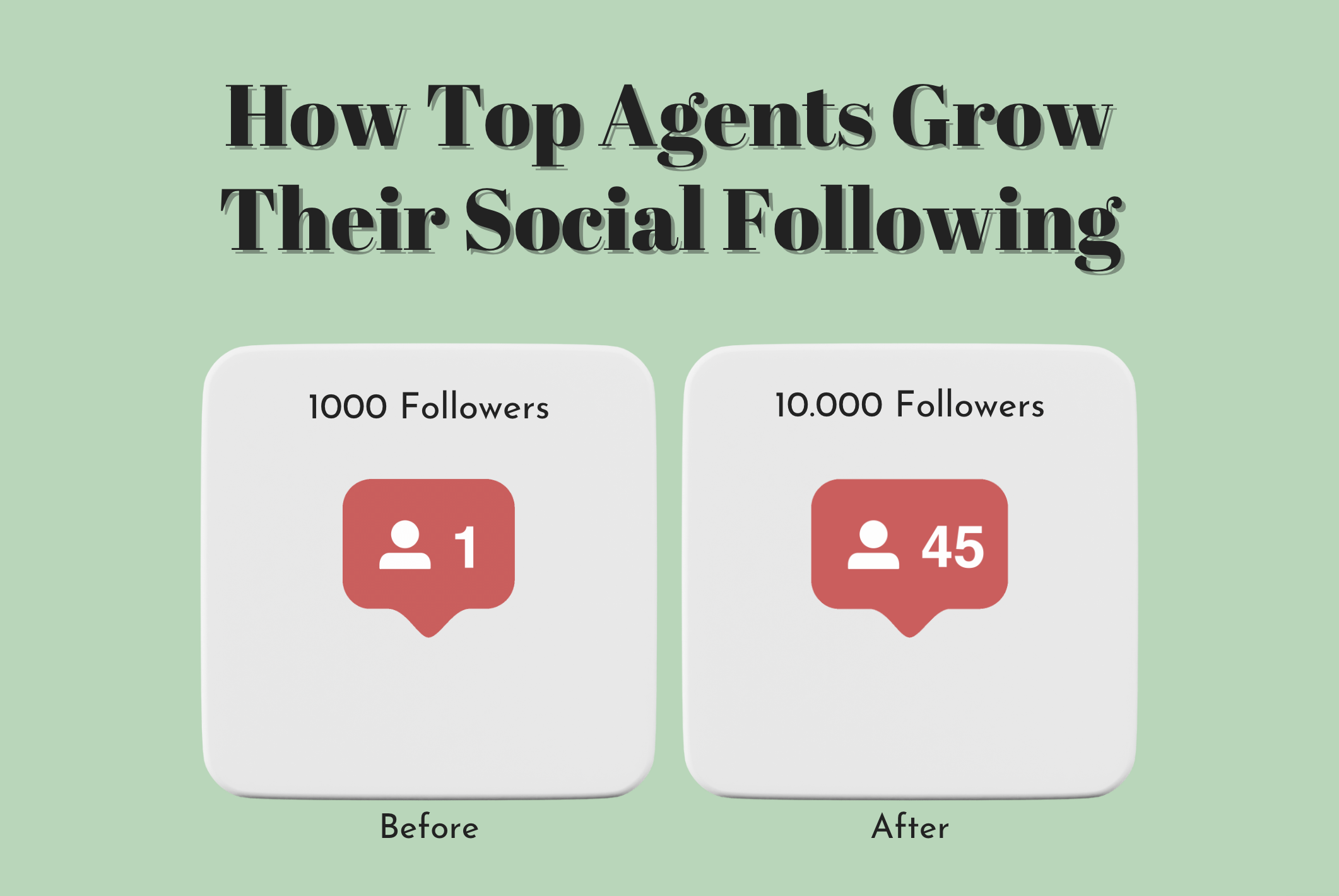
You need to rethink your relationship with your real estate landing pages.
As more and more consumers get their real estate information online, your first connection with potential clients is increasingly your landing pages.
This goes for referrals as well. Today, people are used to gathering information on businesses, reading reviews and researching individuals online. So there’s a strong chance your referrals are looking you up online before ever speaking with you.
Your landing pages are not just this first point of contact for potential clients, they’re also your first impression. Elements like layout, color choice, text copy and perceived value can all play into a potential client’s perception of you, and ultimately their decision to work with you.
Since generating high-quality leads is core to your real estate business, it has never been more critical to understand the keys to effective real estate landing pages.
What is a Landing Page?
Landing pages are central to your marketing efforts, marketing funnels and ability to generate leads. So it’s important to have a baseline definition and understanding of what a landing page is, and what it’s designed to do.
This seems simple, but there are actually a number of different interpretations floating around. For this discussion, a landing page is any web page (including your website homepage) that has been designed to attract and convert visitors into new client leads.
With this understanding, following are the three keys to developing effective real estate landing pages.
-
Creating Your Real Estate Landing Page Offer
Effective real estate landing pages require a compelling offer. In other words, what you want your visitors to do or get in exchange for giving you their contact information.
This offer is your “conversion mechanism,” taking anonymous visitors and turning them into new client leads. Since people typically place a high value on their private information, your offer needs to equal or exceed that value.
We start with creating your landing page offer because it will ultimately determine the copy you write and the design you choose for the page itself. It will also accomplish three important objectives for you:
- Turn Traffic Into Leads: When your visitors see an offer they want, they are more likely to part with their information in exchange for this item of value. The better the offer, the better your chances of generating leads.
- Qualify Your Leads: If your offer is “The Ultimate Home Seller Guide,” you will attract people looking to sell their homes. If it’s the “Million-Dollar Market Update,” you may attract people looking to purchase luxury homes. So make sure this offer is in line with the kind of business you want to take on, and the kind of client you want to work with.
- Position You With Value: After getting someone’s contact information, you want to convert them into a client. By providing an item or service of high value, your leads will be more likely to engage with you when you follow up with them.
When thinking about what to offer, ask yourself: What does my customer really want from me? Following are some offer ideas that have worked well for converting leads on real estate landing pages:
For Buyers:
- Property Search
- Home Buyer Guide
- Featured Property Page
- Home Buyer’s Pre-Offer Checklist
- Negotiation Strategies for Buyers to Get More Home for Less
- Off-Market Homes for Sale (FSBO Updates)
- Market Updates & Notifications
- Home Buyer Direct Program
For Sellers:
- Calculator: What’s my home worth?
- Home Seller Guide
- Home Seller’s Pre-Market Checklist
- Marketing Strategies to Attract Buyers to Sell Your Home for More
- Field Guide to Increase the Resale Value of Your Home
- Market Updates & Notifications
- My Home Didn’t Sell … Now What?
- Real Estate Agent Interview Checklist
While offers like these are common and can be seen on a number of real estate landing pages, they continue to be effective. But to stand out, try to find ways of making these offers unique. For instance, making your Home Buyer Guide specific to a particular neighborhood or the home style in which you specialize.
Remember, when your offer is compelling enough—meaning your potential clients really want it —then you can increase your ability to generate new leads and sign new clients. In addition, any money you spend driving traffic to your landing pages will be used more efficiently, therefore decreasing your cost of acquiring new clients.
-
Writing Your Real Estate Landing Page Copy
Your landing page copy—or the text on your page—is your way of communicating the value you want to provide your visitors. Based on best practices of developing real estate landing pages, it’s helpful to segment your copy into the following categories:
- Headline: Make a promise about what the resource you’re offering will do for the visitor. This promise should be based on a benefit the customer will want to have. Again, ask yourself: What does my customer really want from me? For example:
Get the Austin Home You Want at a Price You Can Live With
While it’s important to make a bold, assertive promise, be sure that your offer delivers on that promise. If your new leads do not have a good experience with your offer, they are much less likely to become your client in the future.
- Sub-headline: This is where you connect the promise from the headline to the actual resource you’re offering visitors. The sub-headline is a secondary promise on how the resource will deliver on your headline. For example:
This 14-page Home Buyer Guide shows you the strategies and tactics used by the pros.
- Description: Here’s your chance to use descriptive language to explain what’s included in the resource, and why the visitor should give you their contact information. As most landing page visitors tend to skim page text, bullets can be effective at grabbing their attention and conveying your message. For instance, if there are sections or chapters to your resource, you include them as bullets within the description. For example:
Here’s what the Ultimate Austin Home Buyer Guide includes:
12 Critical Questions to Ask Your Agent (before you work with them)
Mortgage Pre-Approval Checklist
5 Buying Strategies to Save You Time, Money and Headaches
- Call-to-Action: A call-to-action (CTA) helps your visitors take the next step on your landing page. It’s often best to provide a direct, simple CTA with instruction on what to do next. For example:
Get Your Copy Here
While simple is often best, adding an element of urgency to your CTA can increase conversions. This could include statements like: “download now,” “just 50 copies remaining,” or “only available for the next 3 weeks…” Some web apps even include countdown timers showing visitors the limited time this resource is available.
However, if you position your resource as available for a limited time or quantity, be sure to follow through on that promise. Don’t extend the deadline or increase the amount available, or you run the risk of alienating new leads. Your potential clients can see through empty or manipulative marketing gimmicks, and they won’t reflect well on you.
- Authority: If you have any points of credibility or authority to help the viewer build trust with you, include them here. You may see these on other sites as “confidence banners” that include logos of awards, accolades or media appearances. For example:
One of Central Texas’ Best Places to Work 2015
As seen in the Austin Business Journal
Member of Austin Association of Realtors®
Your authority section can also include links to other areas of your website. While some claim this takes away from the effectiveness of your CTA, this isn’t necessarily the case. As users become more savvy with their internet research, they will know how to get back to your page if they’re interested in your offer.
- Social Proof: When considering your offer, visitors often ask themselves the question, “Do I trust this person enough to give them my contact information?” The fear of spam and endless emails is a real concern. Client and partner testimonials and reviews provide your visitors with evidence that you can be trusted. For example:
“The Goodlife team is great. You have all you need in buying a house under one roof. They all communicate so there are fewer issues and it just makes house buying less scary and stressful.” – John Smith, Satisfied Home Buyer
These are the essential elements of effective landing page copy. However, you’ll likely encounter someone who says, “We can’t move this project forward without incorporating our keyword research.” While it’s true that incorporating the right keywords is certainly important for things like search engine optimization (SEO) and search engine marketing (SEM), it won’t necessarily limit the success of your landing pages.
By design, landing pages accomplish a specific purpose with specific content. As such, most of the traffic you drive to your landing pages will come from ads, social media posts, blogs, articles, flyers, etc., and not organic traffic.
-
Designing Your Real Estate Landing Page
After you have your offer and descriptive copy, it’s time to work on the visual elements and layout of your real estate landing page.
The design of your real estate landing page is particularly critical because, like it or not, people make judgments about businesses and people based on how they present themselves online. Fortunately, there are a number of affordable services that make it easy to quickly create, duplicate or enhance well-designed landing pages.
The service we recommend is Leadpages because of its ease of use and integration with WordPress and other web applications. In addition, it has numerous landing page templates specifically designed for real estate agents. These templates not only look good, but they’ve been tested and proven effective.
All real estate landing page designs vary depending upon the offer and CTA. But in general terms, when designing your real estate landing page, consider some of the following:
- Hero Image: This is the largest image on the landing page, typically in the top left corner or centered, banner-style, across the top of the page. The Hero Image is meant to draw eyeballs, make visitors “stick” on the page and compel them to learn more about what you’re offering. Examples could be a mock-up image of the report you’re offering as a download, or a glamour shot of a gorgeous property in your portfolio. It could also be your headline in stylized text.
Note: Many landing-page creation services offer A/B testing. This means you can have two different page designs, sending half of your visitors to each and testing which one performs better. Your Hero Image or text is a great element to A/B test, looking at metrics like click-through rate, conversions, bounce rate and time on page.
- People Photos: Faces elicit trust much better than text. Especially when it comes to your Social Proof elements, it’s more effective to include a picture of the reviewer, if possible.
- Buttons: For your CTA, a button is often more effective than hyperlinked text. As you’ll see below, there are even colors that make CTA buttons more visible and clickable.
- Color Choice: Being in real estate, you probably already know that different colors evoke certain moods. Based on your existing branding, campaigns or the tone you want to set, your color choice can help increase conversions. Following is a high-level overview of the moods associated with colors (for more, see this infographic from Kissmetrics):
-
- Yellow: optimistic and youthful; grabs attention
- Orange: aggressiveness; often used in CTAs and buttons
- Red: energy and urgency; often used in clearance sales
- Pink: romantic and feminine; often used to market to women and young girls
- Blue: trust and security; often used by banks
- Purple: soothing and calm; often used in beauty products
- Green: wealth and prosperity; often used in finance or entertainment
- Black: powerful and sleek; often used for luxury goods
- Mobile Optimization: More and more people are becoming “mobile-first” web users. This means they’re doing research and visiting your landing pages on their phones and tablets. Most web-hosting and landing-page creation services (including Leadpages) incorporate mobile-responsive designs. However, if you’re unsure of how your real estate landing page will look on a mobile device, Mobiletest.me is a great, free service that allows you to see your site across numerous devices and versions (like the iPad Air vs. iPad Air 2).
I’ve Launched My Landing Page … Now What?
Despite claims to the contrary, there are no perfect designs, algorithms, formulas or flows for landing pages. However, the most effective real estate landing pages have nailed these three keys:
- A compelling offer
- Persuasive copy
- Professional, thoughtful design
Once you have these in place, your next steps are to drive traffic to the page and see how it performs. You will get more information from your visitors and their engagement with your landing page than anywhere else: what they click on, how long they stay, how many conversions you get, etc.
As this information comes in, don’t be afraid to test and adjust each element of the page to make it more effective. Over time, you’ll land on the perfect real estate landing page … for you and your clients.


